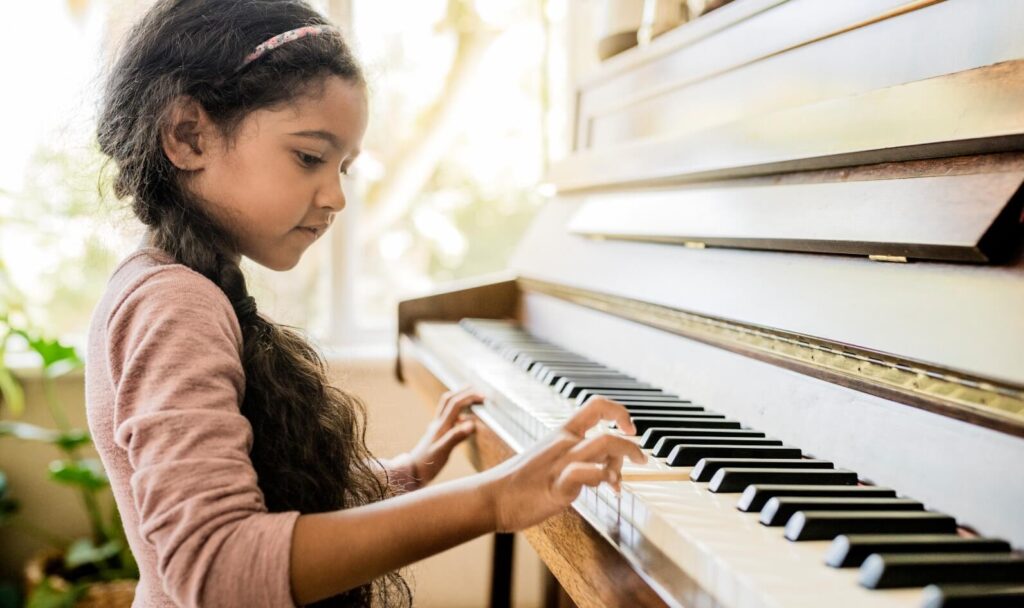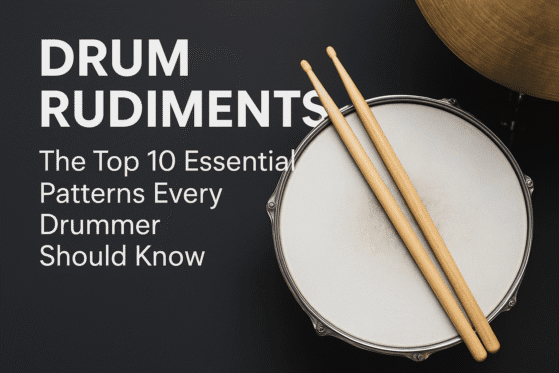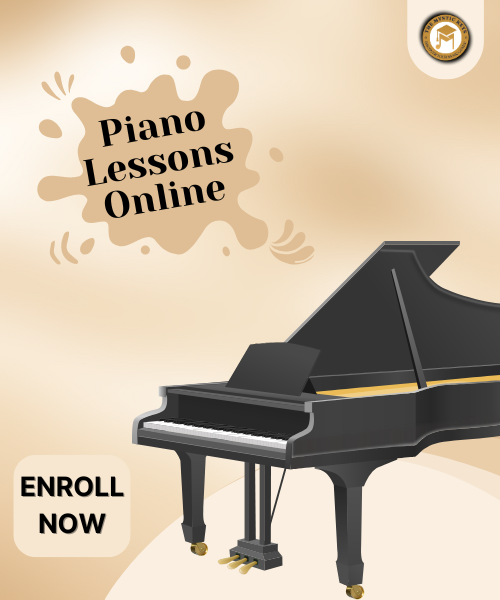How to Develop Speed and Accuracy in Piano Playing
Want to play piano speed and accuracy? To improve your speed and precision effortlessly, start by practicing expert techniques and exercises designed to build finger strength and coordination. Focus on playing scales and arpeggios regularly to increase finger agility and develop muscle memory. Break down difficult passages into smaller sections and gradually increase the tempo as you become more comfortable. Use a metronome to ensure consistent timing and control. Additionally, incorporate proper hand posture and finger placement to reduce tension and improve fluidity in your playing. With consistent practice and mindful technique, you’ll see significant improvements in both speed and accuracy, allowing you to play with greater ease and confidence.
1. Introduction: Why Speed and Accuracy Matter
Playing the piano quickly and accurately allows you to perform complex pieces with ease and confidence. If you struggle with:
✔ Hitting wrong notes at high speeds
✔ Fumbling over difficult passages
✔ Losing control over rhythms and dynamics
Then this guide is for you! Follow these proven techniques to build speed while keeping your playing clean and precise.
2. Proper Hand Position and Posture
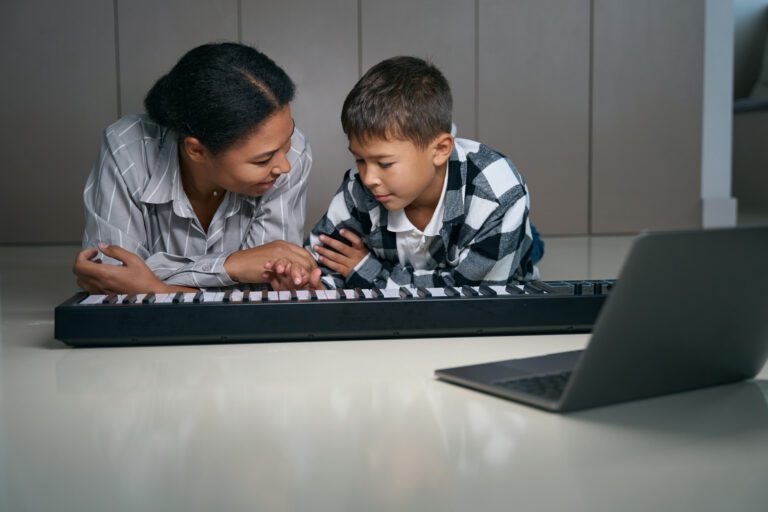
Before focusing on speed, it’s crucial to ensure your hand position and posture are correct. Start by sitting with a straight back and relaxed shoulders to maintain good alignment and prevent unnecessary tension. Keep your elbows slightly above the keys, allowing your arms to move freely without strain. Your fingers should be naturally curved over the keys, with your fingertips gently pressing the keys rather than flat fingers or stiff joints. piano speed and accuracy A proper setup is essential because it reduces tension and fatigue, which allows for faster and more efficient movement. By prioritizing posture and hand position, you’ll be able to play with greater comfort and speed over time.
3. The Importance of Relaxation While Playing
Tension slows you down! Many pianists unconsciously tighten their wrists and fingers when playing fast.
How to Stay Relaxed:
✅ Shake out your hands before playing.
✅ Breathe deeply to reduce stiffness.
✅ Keep your wrists flexible and avoid unnecessary force.
A relaxed hand moves faster than a stiff one!
4. Developing Finger Independence
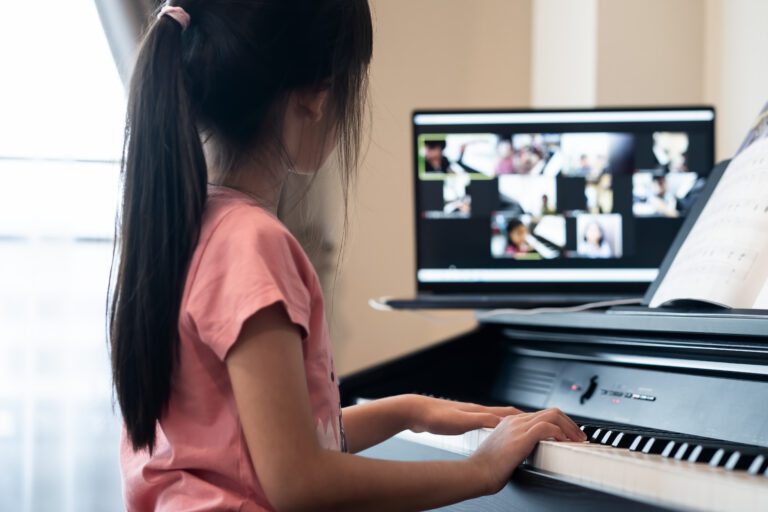
Each finger should move independently without relying on the others.
🎹 Try This Exercise:
Place all fingers on the keys and lift one finger at a time while keeping the others still.
✅ Repeat for each hand.
✅ Practice daily for better control.
This builds finger agility, allowing you to play complex passages with ease.
5. Scales and Arpeggios: The Foundation of Speed
Scales and arpeggios are essential exercises for improving finger coordination, speed, and overall technique on the piano. To build a strong foundation, practice major and minor scales daily, using a metronome to track your progress and ensure even timing. Arpeggios are also key for finger agility, so start by practicing hands separately to focus on each hand’s movement, then combine them for a more fluid execution. Contrary motion scales, where both hands move in opposite directions, help strengthen both hands evenly, enhancing your overall control. Pro Tip: Start slowly to ensure accuracy, and gradually increase speed as you become more comfortable. piano speed and accuracy This method allows you to develop both precision and speed without sacrificing technique.
6. Slow Practice for Fast Results
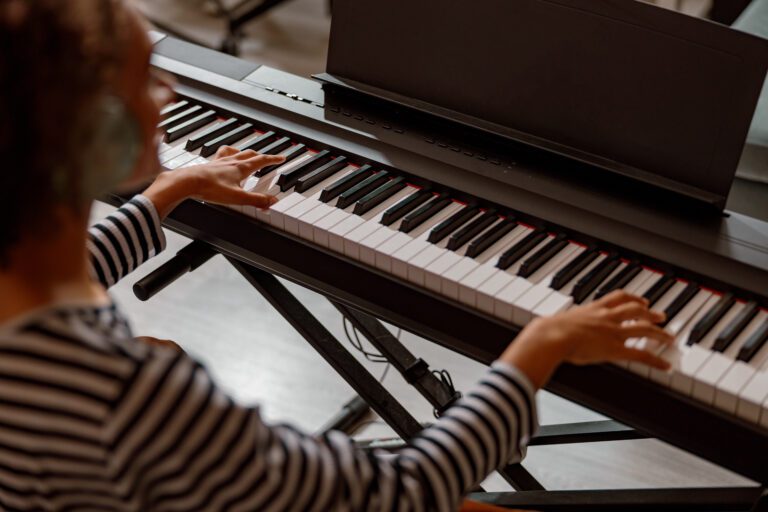
It may seem counterintuitive, but slow practice leads to speed.
🎯 Why Slow Practice Works:
✅ Trains your fingers to move accurately.
✅ Develops muscle memory.
✅ Prevents mistakes from becoming habits.
🔹 Method: Play a passage slowly and perfectly before increasing speed.
7. Using a Metronome for Precision
A metronome keeps your timing steady while building speed.
🎵 How to Use It:
1️⃣ Set a slow tempo and play with precision.
2️⃣ Gradually increase the BPM as you improve.
3️⃣ If you make mistakes, slow down again.
✔ Consistent metronome practice develops speed without sacrificing accuracy.
8. Hand Coordination and Finger Dexterity

Your hands must work together smoothly for fast playing.
🎹 Hand Coordination Exercise:
✔ Play one hand legato (smooth) and the other staccato (short).
✔ Reverse the roles and repeat.
🔹 Why This Works:
It improves finger control, making your playing cleaner and faster.
9. Strengthening Weak Fingers
Some fingers (like the ring and pinky fingers) are naturally weaker.
🎵 Exercises to Strengthen Weak Fingers:
✔ Hanon Exercises – Great for building finger strength.
✔ Finger Tapping – Tap each finger individually on a table.
✔ Trill Exercises – Rapidly alternate two fingers on a note.
✔ Stronger fingers = faster, more controlled playing!
10. Articulation and Finger Control
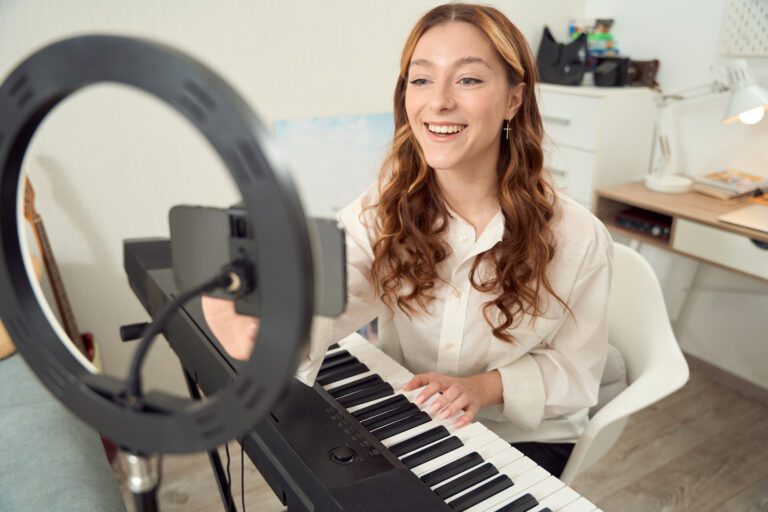
Clean playing requires finger control and articulation.
🎹 Practice These Techniques:
✔ Legato (Smooth Transitions) – Connect notes seamlessly.
✔ Staccato (Short & Sharp Notes) – Lift fingers quickly.
✔ Accent Notes – Emphasize strong beats for clarity.
Why This Helps: Better articulation makes your speed sound clean and intentional.
11. Common Mistakes That Slow You Down
❌ Rushing through passages without accuracy
❌ Skipping slow practice
❌ Tension in fingers and wrists
❌ Neglecting scales and finger exercises
Fix these issues, and your speed will improve dramatically!
12. How The Mystic Keys Can Help You Improve

At The Mystic Keys, we offer:
✔ Personalized one-on-one lessons
✔ Step-by-step speed-building exercises
✔ Expert guidance from professional pianists
✔ Live feedback to correct technique
🎹 Join The Mystic Keys and transform your piano playing today!
13. Take Your Piano Skills to the Next Level
Speed and accuracy don’t happen overnight—but with consistent practice, you’ll see improvement fast!
👉 Ready to play piano faster and cleaner?
🎹 Enroll in expert online piano lessons at www.themystickeys.com today!
Related Blogs
At The Mystic Keys, we believe that mastering the piano practice structure is a journey that combines passion, discipline, and the right guidance. Whether you’re a beginner or an advanced pianist, a structured practice routine is the cornerstone of progress.
At The Mystic Keys, we emphasize the importance of proper finger placement as the foundation for any pianist’s journey. Whether you’re just starting or refining your technique, mastering finger placement will not only improve your speed and precision but also prevent strain and fatigue.
A well-set piano greatly enhances the worship experience, making the environment more inviting and spiritually enriching. To achieve this, you must focus on both technical and practical aspects, ensuring the instrument seamlessly complements the service. Below is a step-by-step guide on how to effectively set a piano for worship.


